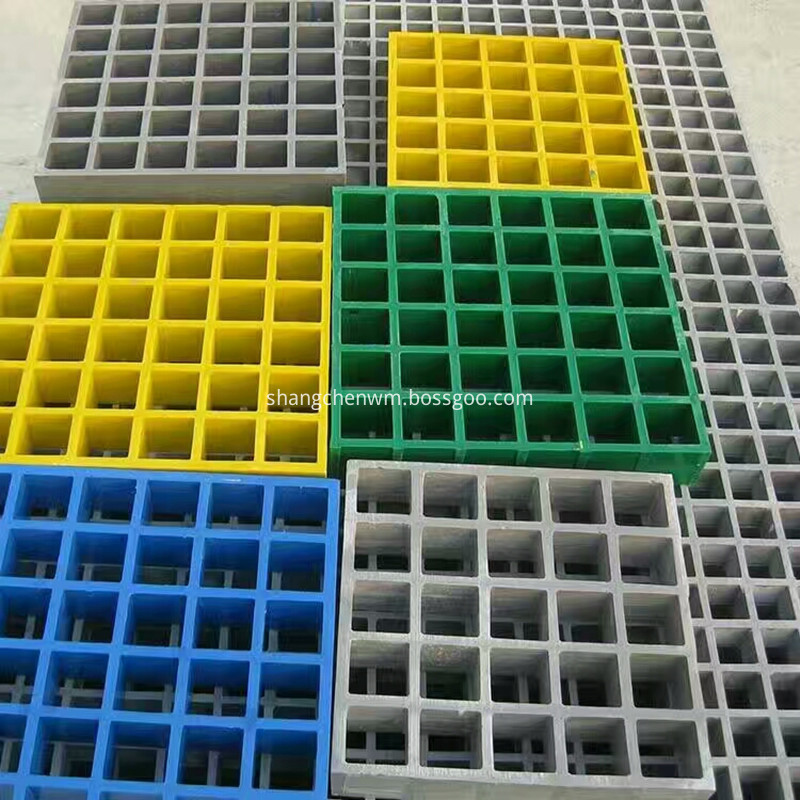1, living habits
(1) Habitat habits. The red tilapia is pink or orange, the pectoral fins, pelvic fins are orange, and the dorsal, anal, and caudal fins are yellowish. It can live in fresh water, but it can also live in seawater, or it can grow and reproduce in seawater with a salinity of 34%. The fish lived on the bottom of the water body. On sunny days, as the temperature of the water rises, it gradually swims to the upper layer of the water body, and at noon close to the surface activity of the water, it is scared to sneak into the bottom layer. In the evening, when the temperature of the water falls, it swims to the middle ground and stays at the bottom of the water from the night to the next morning. Newly hatched juveniles often cluster in shallow water near the pool.
(2) Environmental adaptability. Red tilapia is not tolerant to low temperatures, with a suitable temperature range of 16 to 35°C, and an optimum temperature of 25 to 32°C. The water temperature drops below 15°C and feed intake decreases. The most suitable for my area farming. High resistance to hypoxia. After leaving the water, as long as the ankle remains moist, it can survive for hours. Dissolved oxygen in aquaculture water is less than 1 mg/l.
(3) food habits. Red tilapia is a paradoxical omnivorous fish, bulimia. The juvenile fish feed on rotifers, copepods, and horned horns. They also ingest green algae and diatoms. After they have grown up, they feed on aquatic insect larvae, sub-branches, leeches, and pupa. Adult fish recipes are very wide, eating a variety of planktonic, endogenic and epiphytic algae, young aquatic plants, organic broken, but also eat oysters, aquatic insects and other animal food. Feeding can be fed thin, thin, leaf, rice bran, bean cake, bran, bean dregs, peanut cake, a small amount of fish meal, silkworm meal, etc. When cow dung, pig dung and green manure are applied, they can also directly ingest part of it. When juvenile fish are deficient in food, the phenomenon of residual food often occurs.
2. Breeding
Red tilapia 5 to 6 months old and 15 cm or more in length reach sexual maturity. The breeding temperature is 21~35°C. The optimum temperature is 24~32°C. The area of ​​Guangdong and Fujian can reproduce 4 to 5 times a year. The number of spawning increases with the increase of female body length. Females with body length of 15~17 cm lay 500–1000 eggs; body length is 20. ~25 cm for the 1000 ~ 1500 tablets. Eggs are sinking, but they can be carried by water. When the water temperature is stable above 18°C, the mature broodstock will be placed in the pool. When the water temperature rises to 21°C, it can reproduce naturally.
(1) broodstock selection. The broodstock requires a large body and a good body size. 250-500 grams is appropriate. The male fish should be bright, lively, and free from injury and illness.
(2) Broodstock conditions. Reproductive pools should be selected where there is good water quality, adequate water sources, convenient injection and drainage, and a quiet environment. The bottom of the pool should be flat and there should be no water weeds. The soil is loam or sandy loam, with an area of ​​330~1330 square meters.
Before the broodstock enters the pool, the breeding ponds must be cleared, and the water should be drained to remove excess silt and exposed for several days. 15 days before entering the pool, the pro-fish use the lime water to clear the pond (method of the same fish pond), then fill the water 1.5 to 2 meters, and apply the base fertilizer (500 kg to 600 kg of manure or 600 kg to 800 kg of green manure).
(3) Broodstock stocking and breeding. After the water temperature is stable above 18°C, broodstock is inserted in a ratio of 3 to 4:1 for male and female, 100 to 200 kg of green manure or 200 to 300 kg of green manure is fermented every 5 to 6 days, and is grasped according to water quality and fish activity. Fertilizer amount. To control the water quality of moderate fat. Every day, the feed is fed once a day in the morning and in the afternoon. Commonly used foods include bean cakes, rapeseed cakes, rice bran, bran, and the like. The daily feeding amount is 3%~5% of fish weight.
(4) fishing seedlings. Fertilized eggs hatch in female fish mouths. When the water temperature is 25°C, the development can continue for 4 to 5 days. After 10 to 14 days, when the larval fish body is longer than 1 cm, it is necessary to fish the seedlings in time when they leave the prof. There is a phenomenon of residual food. The seedlings are collected in the morning or in the evening, and they are dragged around with a small trawl. Removed seedlings are first kept in cages and put into cultivation ponds a few days later.
Fiberglass Grating
The fiberglass grating also named FRP grating & fiberglass grid, and the fiberglass grating panels can be made into FRP grating cover, fiberglass walkway grating, fiberglass trench grating and so on.
The fiberglass grating is light in weight and has good elasticity, so it can be cut freely during the installation process, without using lifting equipment, and only a small amount of labor and cutting tools are required. Because the FRP grid is made of non-metallic materials, the corrosion resistance of the FRP grid is very good. The FRP grid will not rust and rust under the chemical medium, nor will it damage the structure of the material.
Beyond that, the color of fiberglass grating including yellow, gray, green and as your demands.

Fiberglass Grating,Fiberglass Dock Grating,Fiberglass Trench Grating,Frp Ceiling Grid Mesh
ANPING COUNTY SHANGCHEN WIREMESH PRODUCTS CO.,LTD , https://www.scgabionmesh.com